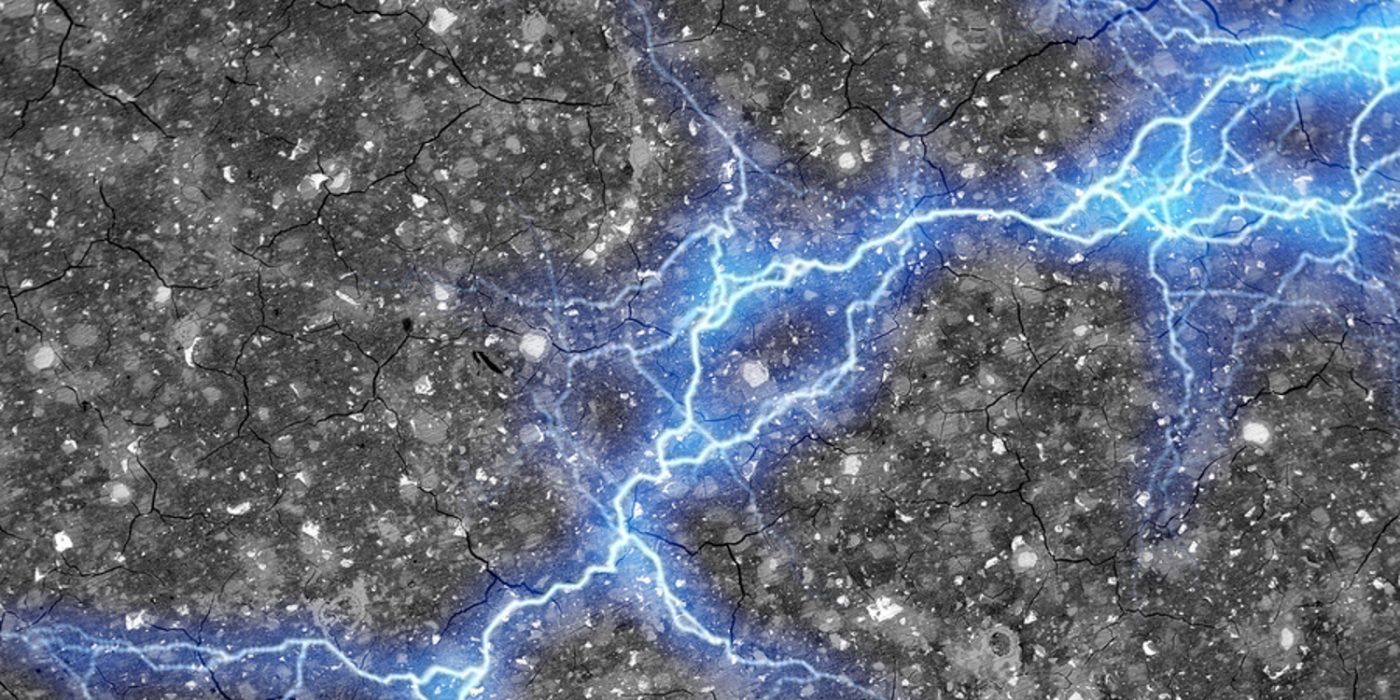MIT presents new supercapacitor with cement
The materials may sound unusual at first glance, but researchers at MIT have created a new supercapacitor from “ancient materials”: cement, carbon black and water. It could be used to charge electric cars, among other applications.
The supercapacitor could also be integrated into the foundations of buildings. It would thus contribute to the stability of a house and at the same time “store a day’s worth of energy”, writes MIT. Integrated into a roadway, it could charge electric cars wirelessly.
Here’s how the supercapacitor works: Researchers mixed cement with water and added a small amount of carbon black, which is basically very fine charcoal. The water combines with the cement, but the carbon repels water. The carbon particles then form “long, interconnected tendrils” that act like wired within the hardened cement. Carbon black is very conductive and forms a fractal-like structure where larger branches give rise to smaller branches and so on, resulting in an extremely large surface area on a relatively small volume.
“The material is fascinating,” says MIT professor Admir Masic, “because you have the most-used manmade material in the world, cement, that is combined with carbon black, that is a well-known historical material — the Dead Sea Scrolls were written with it. You have these at least two-millennia-old materials that when you combine them in a specific manner you come up with a conductive nanocomposite, and that’s when things get really interesting.”
According to the MIT research team, the supercapacitor they developed could store about ten kilowatt-hours of energy at a size of 45 cubic metres – a cube with an edge length of about 3.5 metres – which is equivalent to the average daily electricity consumption of a household.
And MIT’s supercapacitor can do even more. “So, it’s really a multifunctional material,” added Professor Franz-Josef Ulm. In addition to its ability to store energy in the form of supercapacitors, he says, the same type of concrete mix can also be used as a heating system by putting carbonaceous concrete under electricity.





0 Comments